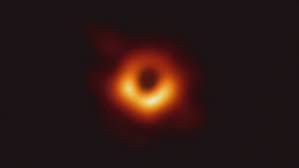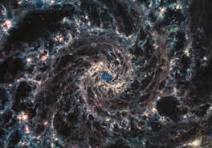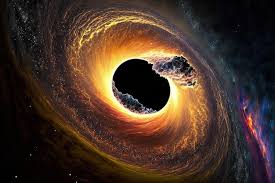The Concept of Using Wormholes for Instantaneous Travel: A Comprehensive Analysis
Wormholes, also referred to as Einstein-Rosen bridges, are a fascinating theoretical construct in physics that would, in principle, enable instantaneous travel between two distant points in space and time. The concept of wormholes has been the subject of scientific study and science fiction speculation. Below, we discuss the concept of wormholes for travel from various angles, including their theoretical underpinnings, potential applications, challenges, and ethical considerations.
Theoretical Foundations
Wormholes are described by the equations of Einstein’s General Theory of Relativity. These are solutions of the Einstein field equations that tell about a tunnel-like structure linking two distinct points in spacetime.
Traversable Wormholes : Proposed by physicists Kip Thorne and Michael Morris in 1988, these are wormholes through which it may be theoretically possible to travel without collapsing. Such traversable wormholes would be stabilized by exotic matter with negative energy density at their throats.
Time Travel Theoretically Possible: If the two mouths of a wormhole move relative to one another, then time travel should be possible. This is an implication of special relativity-time dilation-the relative passage of time differs between two moving observers.
Advantages and Possible Applications
Interstellar and Intergalactic Travel:
Wormholes would link vast distances instantaneously, leapfrogging the limits of light-speed travel and opening up the ability to explore the farthest reaches of the universe.
Resource Efficiency:

Unlike the conventional space travel that consumes a lot of fuel and time, wormholes may provide a shortcut and could reduce the cost and other logistical barriers of space exploration.
Scientific Discoveries:
Credit- @knowledgetv16
Other parts of the universe may open up to unknown phenomena, which may stimulate great breakthroughs in cosmology, physics, and other sciences.

Time Travel and Historical Research:
Travel through time could transform the whole thought of history, where science would witness cosmic events and even be able to avert disasters.
Problems and Criticisms
Stability with Exotic Matter and Energy Requirements:
It demands the use of exotic matter that has negative energy density, which hasn’t yet been found in significant quantity to use it in a realistic way. Present theories with quantum predict the presence of such matter in Casimir vacuum energy but cannot assure about its use.
Instability and Safety Risks:
Wormholes could be inherently unstable, collapsing the moment that any matter tries to go through. Even the smallest perturbation could lead to catastrophic failure, putting a hole in the safety of travelers.
Causality Violations:
Wormholes potentially allowing time travel raises concerns regarding paradoxes, such as the “grandfather paradox,” where changes in past events could have inconsistent or even self-contradictory results.
Technological Limitations:
Humanity is still at a long way from developing the technological capability to build or identify wormholes, much less stabilize or use them as a means of transportation.
Ethical and Philosophical Implications
Effect on Human Perception of Space and Time:
Instant travel would change our view of the universe, reducing distances between space and time to purely abstract concepts.
Means for Misuse:
Wormhole technology may become an instrument of exploitation or warfare if not used responsibly; such misuse could have disastrous effects.
Cultural and Societal Impacts
Instantaneous travel could result in cultural homogenization or unprecedented societal upheaval due to interactions between distant civilizations and time periods.
Moral Issues:
Time travel through wormholes may mean choices that carry significant moral implications, such as altering historical events or preventing catastrophes at the expense of unforeseen consequences.
Alternative View
Cynical Perspective:
Some physicists claim that wormholes may be merely mathematical constructs that do not find a basis in physical reality, just like other theoretical solutions to Einstein’s equations.
Pragmatic Optimism:
Advances in quantum mechanics and general relativity will, someday soon, help in producing the tools necessary to utilize wormholes, in the same way that other sciences, now thought impossible, used to be considered so.
Philosophical Speculation:
The idea of wormholes alone raises questions over the notion of continuity, locality, and identity. Does that person emerging from a wormhole remain the same person?
Future Directions and Research
Quantum Gravity and Wormholes:
Theories of quantum gravity, like string theory and loop quantum gravity, might offer a better explanation of how wormholes might be and work.
Experimental Methods:
Indirect detection might become possible with observations of phenomena such as gravitational lensing or cosmic rays that are found to deviate from expected paths.
Simulation and Theoretical Modeling:
Advanced simulations may even help sharpen our understanding of how exotic matter and energy behave in the context of stabilizing wormholes.
Conclusion
Wormholes are one of the most fascinating ideas in physics nowadays. Though their possible applications to travel instantly in the vastness of the cosmos might be questionable, it continues to inspire the imagination and challenge human thinking and understanding of the cosmos. As a practical tool for interstellar explorers or as a theoretical curiosity, study into the wormhole encourages humans to ask profound questions about the space-time continuum and our own existence.
Pictures captured of wormholes:




